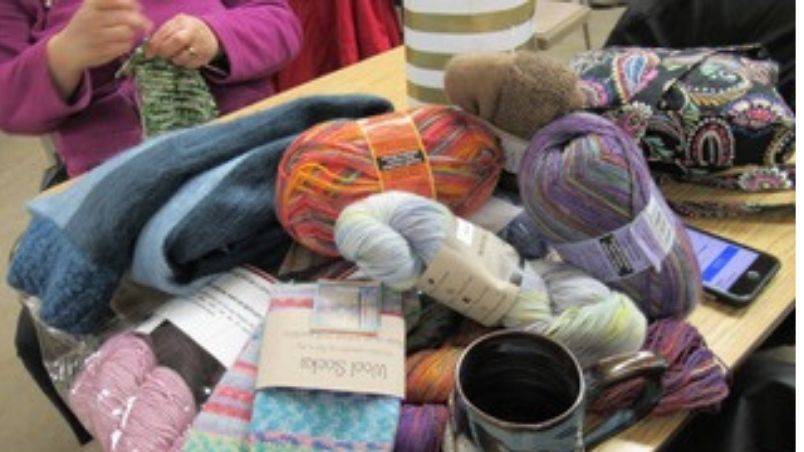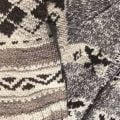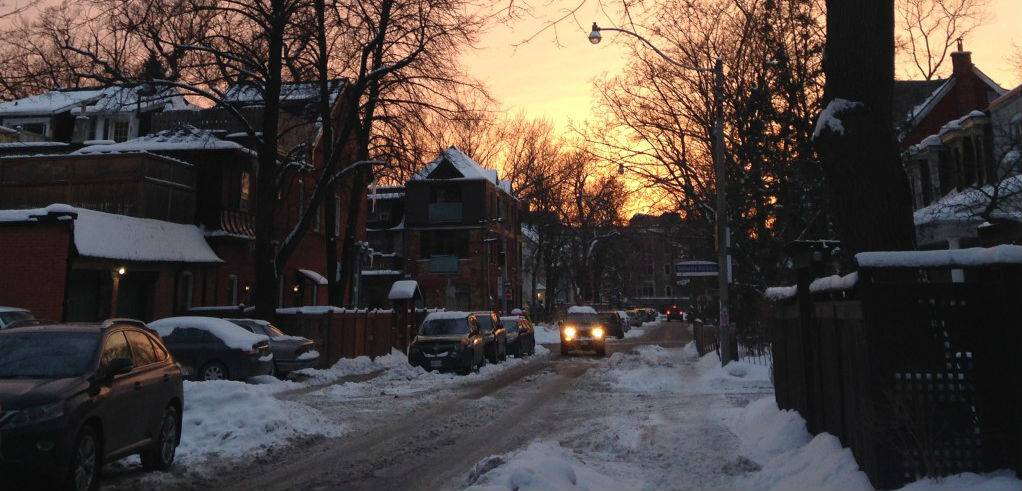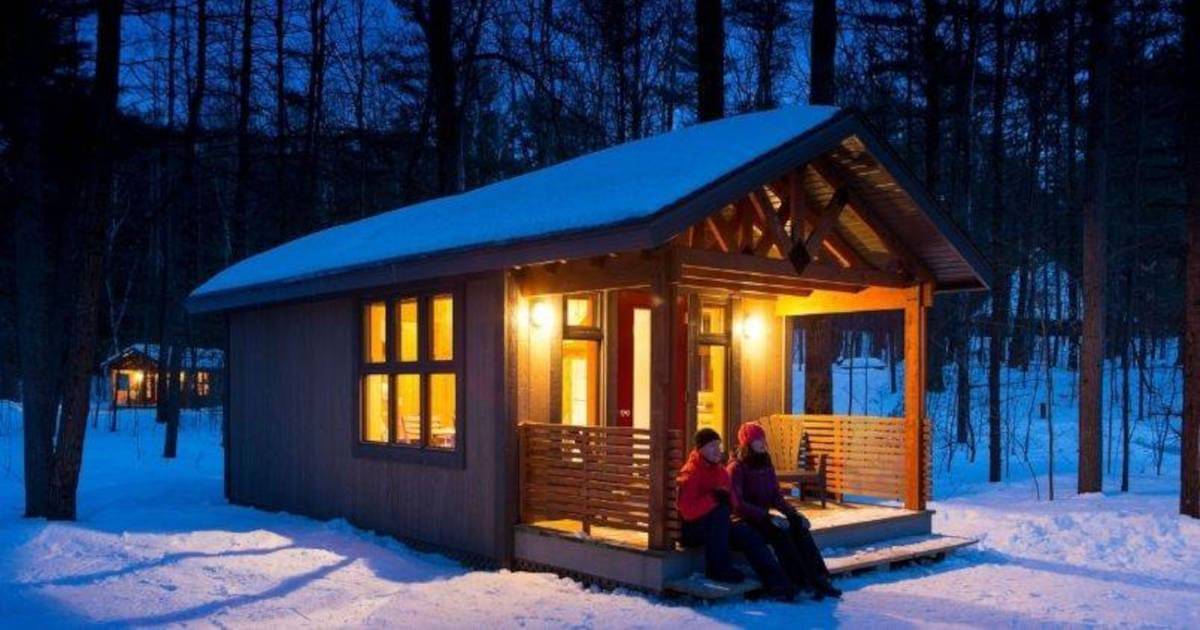by Marie Sternberg
What is the attraction of wool and other animal fibres? Why have we seen a recent emergence of various rural knitting festivals in south central Ontario in the past couple of years, and a veritable sprouting of new indie yarn dyers and knitters and a myriad of other textile enterprises across Canada? Put it down to a cluster of factors, including digital overload that is causing people of all ages to embrace a slower, more thoughtful way of life. There is a desire to get our hands working again and to meet the producers of our fibres and clothes. Learning (or re-learning) to knit and crochet, spin and weave, sew and quilt, is one of the most satisfying activities we can pursue. This helps us connect across the generations as we remember, and for many of us revisit, textile skills from our youth as we teach the youngsters in our lives. There are also profound mental health benefits, as producing something by the work of our own hands, with natural fibres, gives us a sense of satisfaction not found in hours spent on social media. Working on small repetitive tasks is meditative, and not a few of us pick up our needles after a frustrating day or at lunch to reset our equanimity.
Inspired by Woolstock, a fibre festival in southwestern Ontario, my business partner, Sheila Klugescheid, and I decided to host a fibre festival in Orillia. We are now in the last couple of months of preparations for our second annual Sunshine Fibre Fest in ODAS Park on Saturday May 2. With vendors supplying all manner of textile tools, fibres and kits, a few animals in the barn, and some craft demonstrations, our festival started small last year. It is now an annual event to look forward to in the spring, with opportunities to visit and learn and shop within a wonderful vibrant community of fibre lovers. Knitting is probably the best known of the textile crafts, but spinning and weaving, crochet and traditional rug hooking, felting and dyeing fibres all have their fan base, and many of us embrace them all. Don’t get me wrong, there are lots of wonderful knitting shows in cities across Canada, frequently attracting busloads of keen knitters and other fibre hounds from far away cities and across the border, but it is the rural and small town events that have sprouted with a vengeance over the last few years.

Alongside the slow food movement, there has been a growing trend to avoid fast-fashion and think about the environmental footprint of the clothing industry. Do you want to avoid micro-plastics being shed by your clothes? Do you want to resist purchasing yet another cheap garment made in the third world under questionable labour and environmental standards, and then have it shipped vast distances while profiting the middlemen instead of the actual makers of the garment? There’s a simple solution – buy or make clothes from animal or plant fibres, especially those produced locally. There is nothing more satisfying than making your own clothes or receiving a hand-made textile gift. Someone having in a baby in your family? For many people that is the inspiration to pick up the knitting needles or the crochet hook again. Spending time at the cottage or on holiday and want to get away from the ubiquitous cell phones and tablets and social media? Pick up a kit and enjoy an ancient craft, and better yet, teach the kids around you how to hook a few loops or cross stitch or knit. These are profound life-long gifts that you are passing on.
With my desire to pass on crafts to the next generation, I have recently been volunteering with a local Grade 5 class, teaching them cross stitch. Starting with a group of four or five students, I am always amazed and delighted to see them go from frustration at first, and then joy as the light goes on and they master their first few perfectly formed stitches. Creating simple x’s on aida cloth, then making designs out of bunch of x’s and stitching them, gives a sense of satisfaction that is just not found in completing the next level of a video game.

Those of us who have been “making” (the latest buzz word in this area), whether it be stitching or knitting (or crocheting or weaving or spinning) our entire lives completely understand this sense of satisfaction. In fact, as we evolve as makers, many of us find that it is the process and not the end product that we ultimately enjoy. The meditative and healing effect of creating something with small, repetitive motions is now well-documented. In fact, knitting was used for men suffering from shellshock (now recognized as PTSD) after WW1, and numerous stories abound of how knitting or stitching or rug hooking has helped people heal from losses and illnesses and various mental-health issues.
Then there is the sense of community as you join with like-minded people at a local knitting circle or attend a fibre festival and talk to the indie-dyers and spinners and yarn-producers and farmers at the event. A little story here: I was a vendor at an event a few years ago, and a fellow vendor and I looked around during a quieter moment. We saw the wonderful diverse collection of festival attendees, in their brightly coloured or subtle handspun and hand knit clothes and funky hairstyles and shoes, and all the amazing wares of the vendors, and the noisy, vibrant hubbub of happy people talking to each other. One of us said “I wish this was real-life”, meaning, we wished the rest of the world looked like this all the time, instead of mundane formal business clothing and everyone in their own personal vacuum gazing down at their cell phone.

When you engage in a fibre craft, you are actually connecting with tens of thousands of years of tradition. Among other things, women’s (mostly) textile expertise helped clothe us so we could spread to colder parts of the world and helped make sails so we could explore beyond our shores. And in producing clothes for their families, and gifts for special events, the impulse to decorate and add beauty to the simplest products shows through again and again.
Come out and see what all the buzz is about, bring your friends and family and especially the younger members of your clan to share the life-long gift of an interest in fibre and the textile crafts.
The second annual Sunshine Fibre Fest takes place in ODAS Park, Orillia, Saturday May 2, a great road trip accessible from much of southern Ontario. And if you can’t make it to Orillia, seek out your local fibre festival or farmers market to experience some digital detoxification!

Saturday May 2, 2020
ODAS Park, Orillia
9:30 a.m. – 4 p.m.
Admission: $5 12 and under $3
Second annual fabulous fleece and fibre festival featuring diverse vendors, demonstrations, live animals and more. See the fibre animals in the barn. Watch and try spinning, weaving, felting and other textile crafts, and see the vintage sock machine at work. Vendors will be selling all kinds of fibres, yarns, accessories and finished items. Lunch and snacks available on-site with vegetarian, vegan and gluten-free options.
Let’s unplug!
Join our back-to-basics revolution
| for more info e-mail Marie sunshinefibrefest@rogers.com or call Sheila (705) 423-9695 www.sunshinefibrefest.ca |













